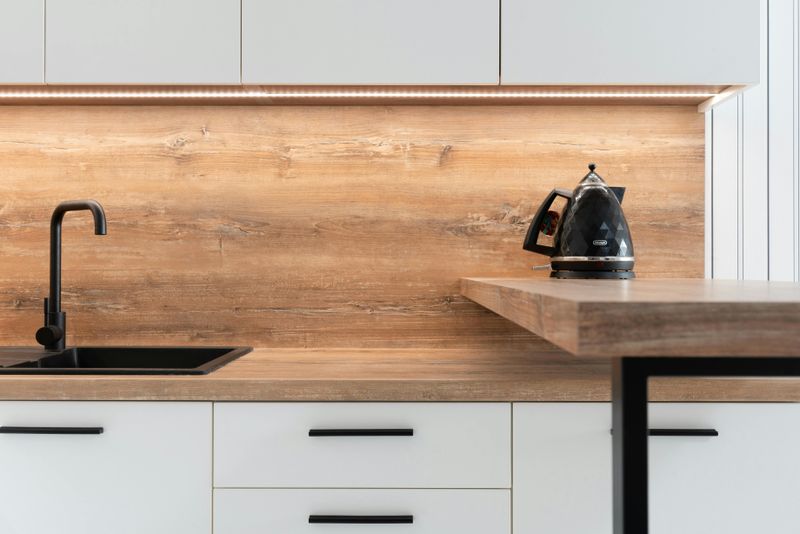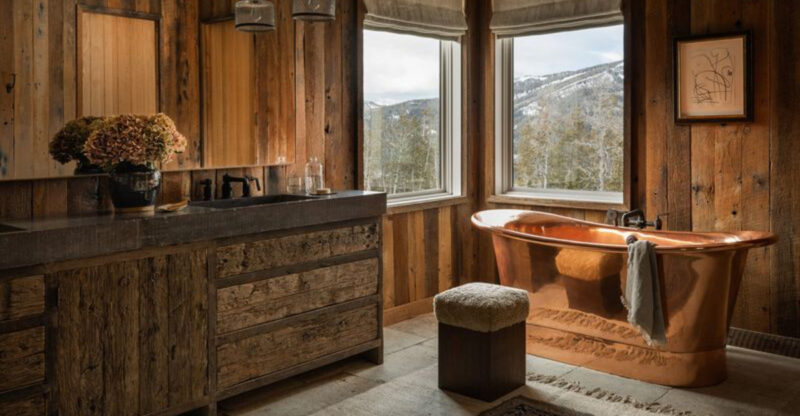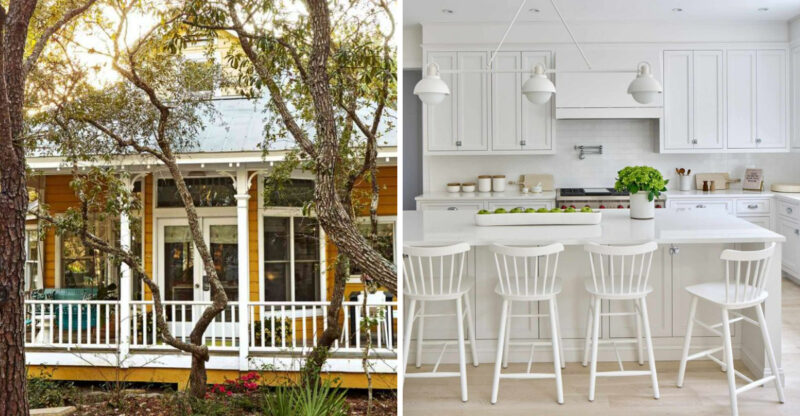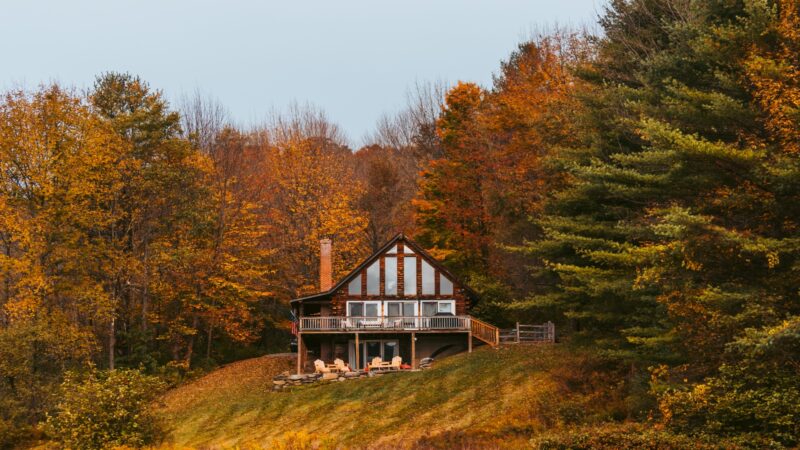5 Outdated Michigan Furniture Trends That Are Making A Comeback
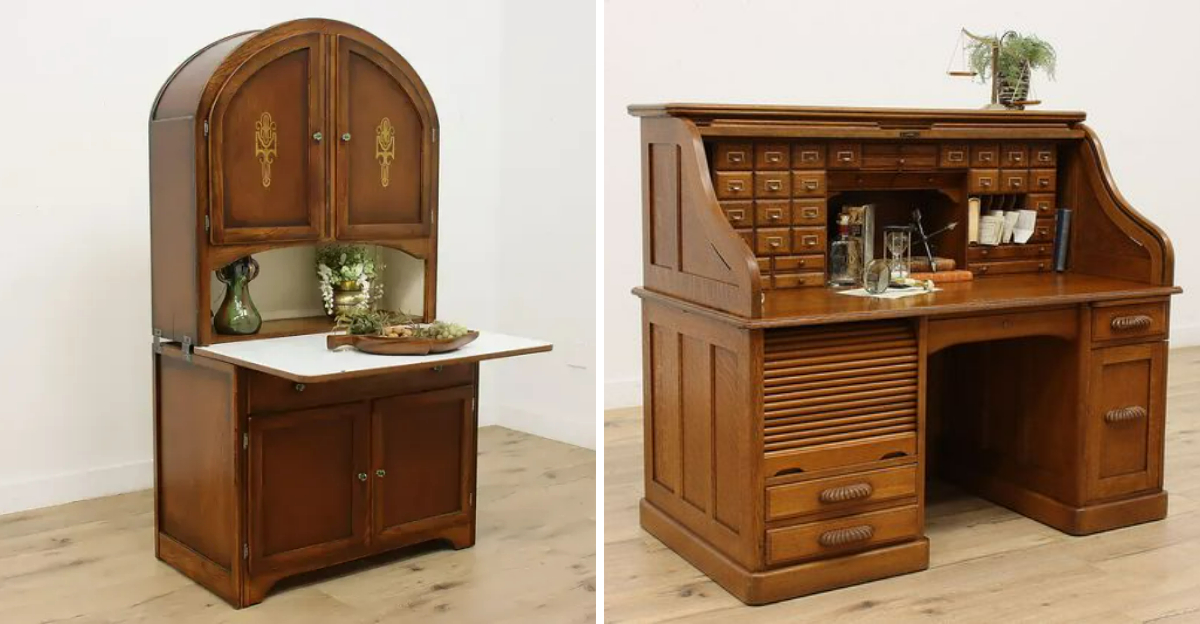
Remember those furniture pieces your grandparents proudly displayed in their Michigan homes? The ones you swore you’d never have in your own living space? Well, times are changing!
Michigan’s rich furniture-making heritage is experiencing a nostalgic revival as homeowners rediscover the charm and craftsmanship of yesterday’s designs. These once-forgotten styles are now the centerpieces in modern homes across the Great Lakes State.
1. Knotty Pine Everything
The warm, honey-colored glow of knotty pine paneling and furniture is making a triumphant return to Michigan homes. Back in the 1950s and 60s, this rustic wood covered walls, cabinets, and furniture in cottages along the Great Lakes.
Today’s designers are incorporating knotty pine more selectively – think statement pieces like coffee tables or accent walls rather than entire room makeovers. The wood’s natural imperfections and character marks now celebrate authenticity in an age of mass production.
2. Herman Miller Marshmallow Sofas
Long before Michigan-based Herman Miller became a global office furniture giant, they created iconic mid-century pieces like the whimsical Marshmallow Sofa. Designed in 1956 by George Nelson, these playful seating arrangements with their circular cushions were considered outdated by the 1980s.
Contemporary homeowners are hunting vintage shops for these conversation-starting pieces. The modular, colorful design fits surprisingly well with today’s flexible living spaces and bold interior choices. Authentic vintage models can fetch thousands at auction.
3. Thomasville Cane-Back Dining Chairs
During the 1970s, nearly every fancy Michigan dining room featured Thomasville cane-back chairs. The intricate woven backs, often paired with dark cherry wood frames and velvet cushions, were status symbols before falling out of favor.
Furniture flippers across the state are snatching these chairs from estate sales and thrift stores. A fresh coat of paint (often white or muted colors) and updated upholstery transforms these once-stuffy seats into airy, textural additions to modern dining spaces. The natural cane material provides organic texture that complements today’s plant-filled interiors.
4. Hoosier Cabinets
Before built-in kitchen cabinetry became standard, Hoosier cabinets served as the heart of Michigan kitchens. These freestanding wooden workstations with flour sifters, pull-out worktops, and clever storage compartments were household essentials in the early 1900s.
Younger homeowners are rescuing these practical pieces from barns and antique stores. Many are refinishing the wood and using them as kitchen islands, coffee bars, or unique storage solutions. The all-in-one functionality appeals to small-space dwellers looking for character and practicality.
5. Grand Rapids-Made Tambour Desks
Grand Rapids earned its nickname as “Furniture City” for good reason, and one of its distinctive creations – the tambour roll-top desk – is finding new admirers. These imposing oak workstations with their signature rolling covers were office mainstays until modern desks took over.
Young professionals working from home have sparked renewed interest in these functional antiques. The ability to literally close up shop at the end of the workday resonates with those seeking work-life boundaries. Smart homeowners are adapting these heirloom pieces to accommodate computer equipment while preserving their historical craftsmanship.



